The author, Carlo Vialu, PT, MBA, is co-creator of SeekFreaks. He loves promoting function and participation for children and youth with disabilities, from our assessment to our interventions, via his courses on various assessment tools at Apply EBP. More information on these courses after the article below.
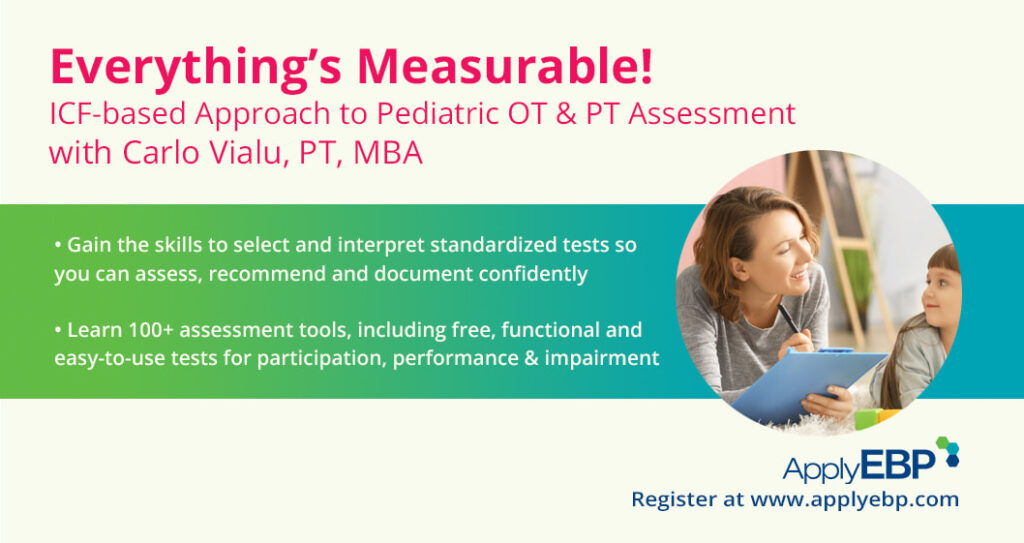


[smbtoolbar]
Hi, SeekFreaks! As discussed in The Four Pillars of School-based PT Assessment, the choice of assessment tools is very important. Luckily, there are more and more tests and measures that we can choose from. But which ones should you use?
Let’s say, you have completed your ecological assessment, and you would like to test the student’s balance in sitting and/or standing, we have chosen a few functional standardized tests that may be most useful to you. They are free, and can be completed in a short amount of time. We have included a link to the articles that describe how to use these tests and the norms, if they are available. We recommend that you read them before you administer them. We also include the approximate time for administration and equipment needed.
How do you select the right test? We learned a few things from our recent article review on testing dynamic balance which you can apply when selecting tests:
- Appropriateness – Choose the test appropriate to the child’s level of function. Decide whether you are going to use it as a norm-referenced or a criterion-referenced test.
- Specificity – Each test measures balance while performing specific tasks (we list them below). Choose the test that matches the difficulties you identified during your ecological assessment.
- Multiple Tests – Don’t just rely on the results of one test. Analyze the results of multiple tests.
Finally, don’t just record the time, distance or ratings. Observe the child’s performance and use this information in your decision-making.
Feel free to print the infographic above and post it at your workspace.
1. Segmental Assessment of Trunk Control (SATCO) – measures the ability to maintain trunk control while sitting in a steady, active and reactive state of sitting; the test determines the highest level of trunk support at which child loses postural control
Balance tasks: sitting without arm support, sitting while moving the head, sitting with perturbations
- Test instruction: Click here for the SATCO detailed instructions and scoring form
- Norms: None
- Time for administration: 15-20 minutes
- Equipment needed: bench with strapping for pelvic support
2. Pediatric Balance Scale (PBS) – a modification of the Berg Balance Scale, the PBS is composed of 14 different activities to test balance activities from simple (e.g., sitting to standing) to relatively more complex (e.g., retrieving object from floor).
Balance tasks: sitting unsupported, transferring between sitting and standing, transferring between 2 chairs, standing unsupported, standing with various feet positions, turning 360 degrees, turning head while standing, standing with eyes closed, retrieving object from floor, forward reach, standing & placing alternate foot on a footstool
- Test instruction: Click here for the PBS forms
- Norms: Available here
- Time for administration: 10-20 minutes
- Equipment needed: timer, chair with armrests, bench, step stool about 6 inches high, tape, chalkboard eraser, yardstick
3. Early Clinical Assessment of Balance (ECAB) – consist of items from the PBS and the Movement Assessment for infants, the ECAB measures of head, trunk, sitting and standing postural control for children up to 7 years & 11 months old
Balance tasks: head righting, rolling from supine to prone, sitting with weight shift, protective extension, sit to stand transfer, standing with eyes closed, standing with feet together, turning 360 degrees, standing & placing alternate foot on a footstool
- Test instruction: Click here for the ECAB testing form
- Norms: None at this time
- Time for administration: 20 minutes
- Equipment needed: bench, mat, timer, step stool about 6” high
4. 5-Repetitions Sit-to-Stand – measures time to complete 5 consecutive cycles of sit to stand
Balance tasks: transfers between sitting and standing
- Test instruction: Click here for the 5-reps Sit-to-Stand procedures
- Norms: None at this time; the article above provides small group averages for children with typical development and children with CP, GMFCS Levels I, II and III
- Time for administration: 5 minutes
- Equipment needed: armless chair, rope, timer
5. Functional Reach Test (FRT) – measures distance one or both hands can reach forward while maintaining standing balance
Balance tasks: reaching forward while standing
- Test instruction: Click here for the FRT procedures
- Norms: Small-group averages by age and height
- Time for administration: 5-10 minutes
- Equipment needed: yardstick, paper, marker
6. Pediatric Reach Test (PRT) – measures distance one hand can reach forward and laterally while maintaining sitting or standing balance
Balance tasks: reaching forward and laterally in sitting and standing
- Test instruction: Click here for the PRT procedures and scoring form
- Norms: None at this time
- Time for administration: 10-15 minutes
- Equipment needed: chair, tape measure, paper, marker
7. Timed Up and Go (TUG) – measures time to stand, walk 3 meters, turn and return to the seat
Balance tasks: transfers between sitting and standing, walking, turning 180 degrees
- Test instruction: Click here for the TUG procedures
- Norms: TUG reference data
- Time for administration: 5-10 minutes
- Equipment needed: timer, armless chair, floor tape
8. Timed Floor to Stand (TFTS) – a modification of the TUG, with the subject sitting on the floor instead of a chair
Balance tasks: transfers between sitting on the floor and standing, walking, turning 180 degrees
- Test instruction: Click here for the TFTS procedures
- Norms: TFTS reference data
- Time for administration: 5-10 minutes
- Equipment needed: timer, armless chair, floor tape
9. Timed Up and Down Stairs (TUDS) – measures the time it takes to ascend and descend 1 flight of stairs
Balance tasks: walk up and down stairs, turning 180 degrees
- Test instruction: Click here for the TUDS procedures
- Norms: None at this time; the article above provides small group averages for children with typical development and children with CP, GMFCS Levels I, II and III
- Time for administration: 5-10 minutes
- Equipment needed: flight of stairs with ~14 steps
Readers of this article also read:
The 4 Pillars of School-based PT Assessment
7 Wheelchair Operation Tests for School-based Therapists
Top 10 Walking Tests for School-based PTs
Article Review: How Age, Gender, Anthropometrics Affect Dynamic Balance
Join Carlo Vialu and other experts at these all evidence-based, all practical continuing education courses:
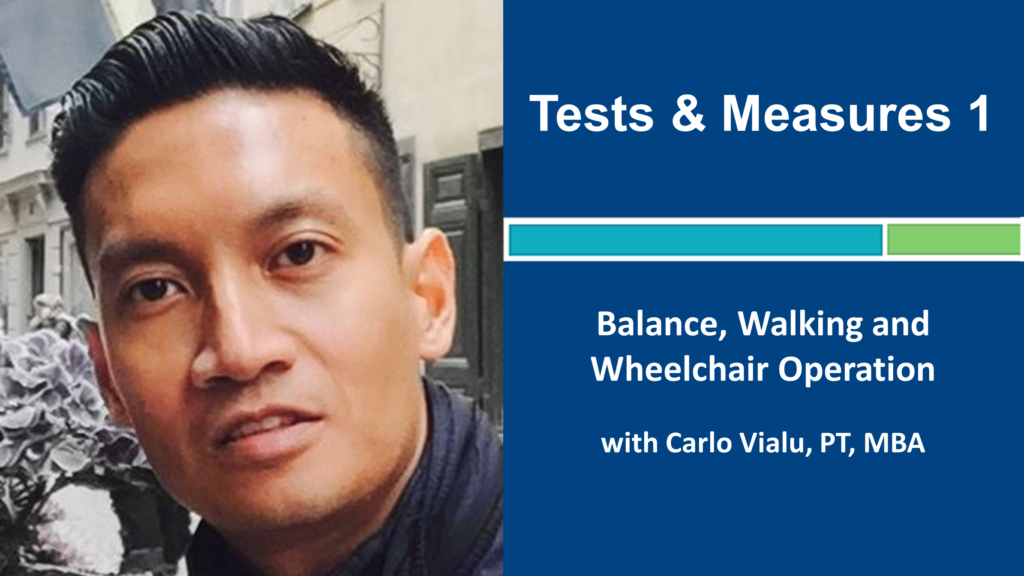
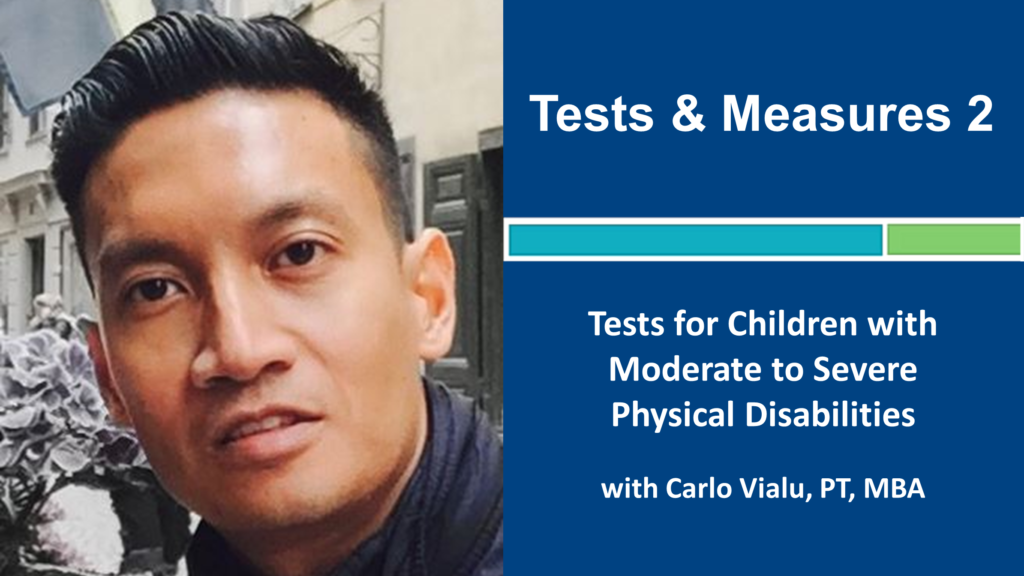
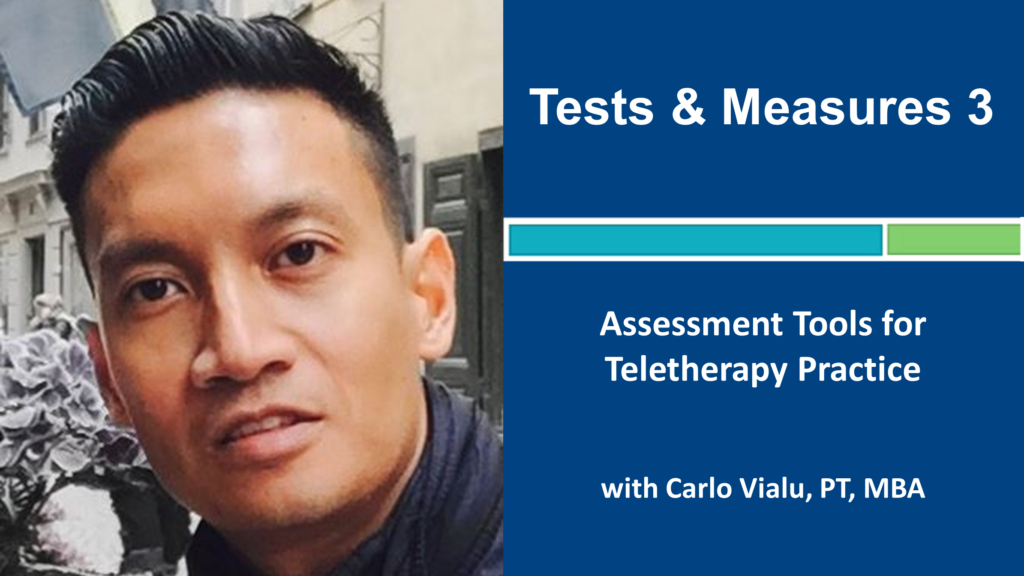
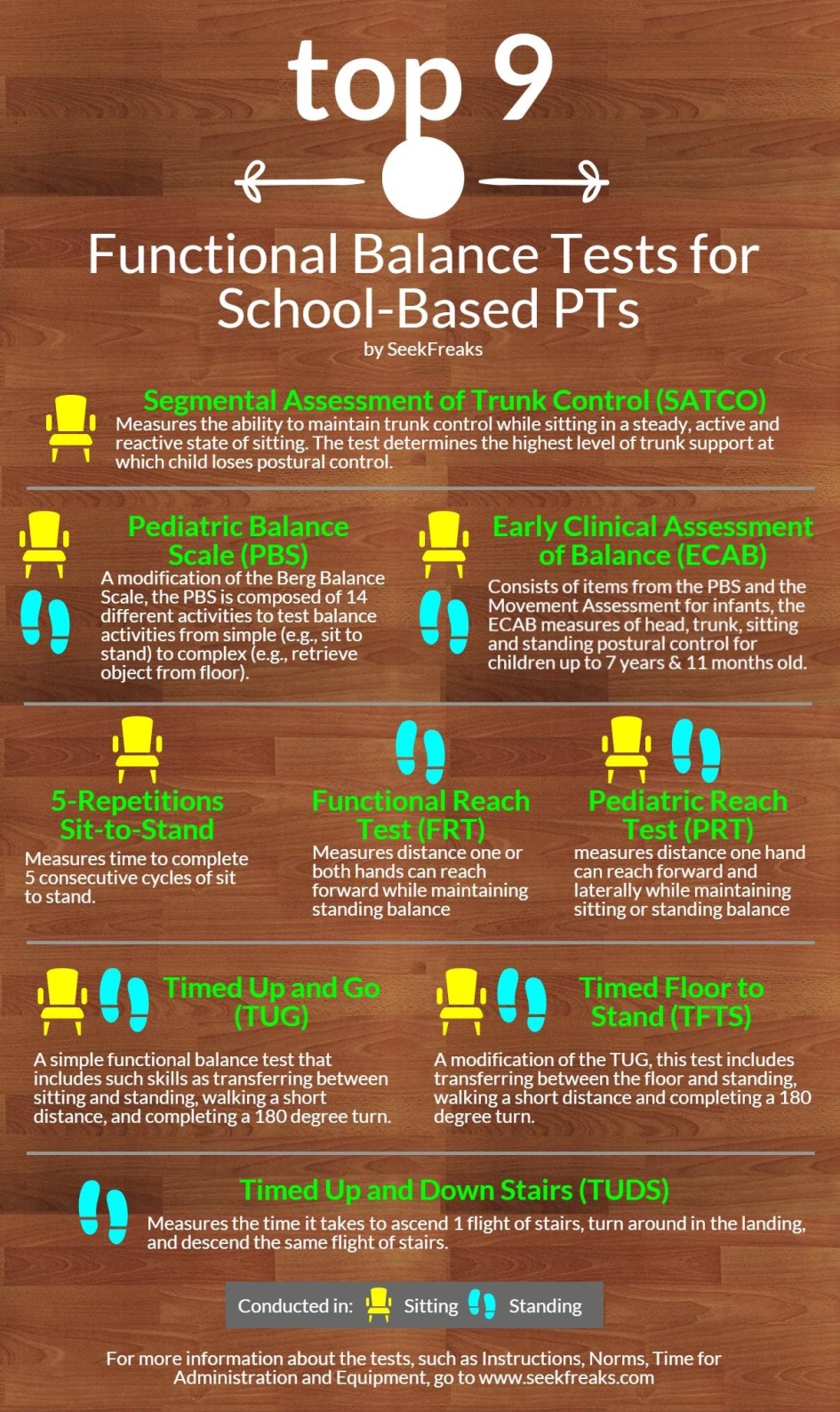
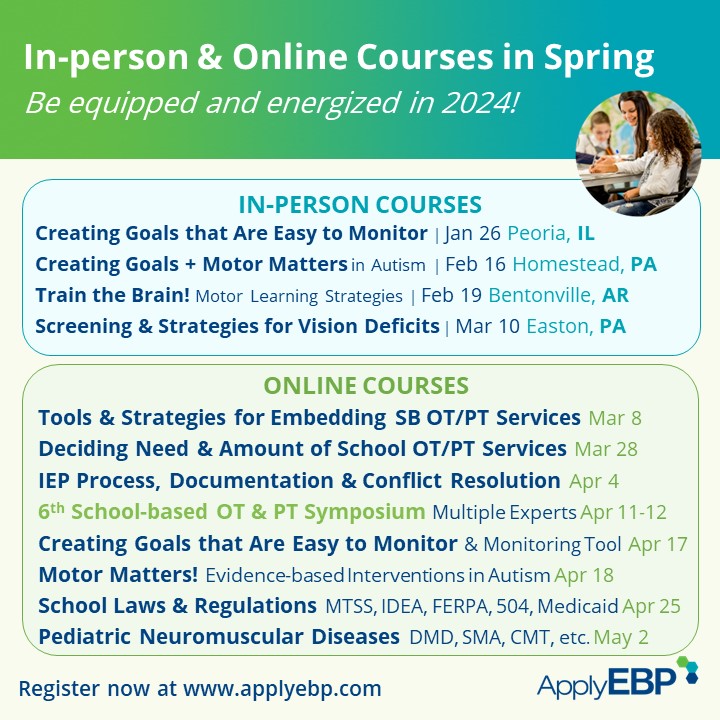
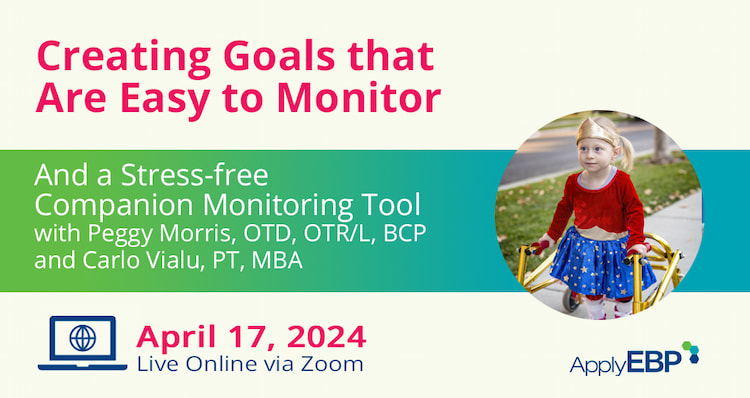











July 14, 2018 at 2:41 pm
Thank you for the links to the evidence based research. I have been a physical therapist (PT) for decades and just began working with pre-K and elementary aged children again. I appreciate you sharing your work!